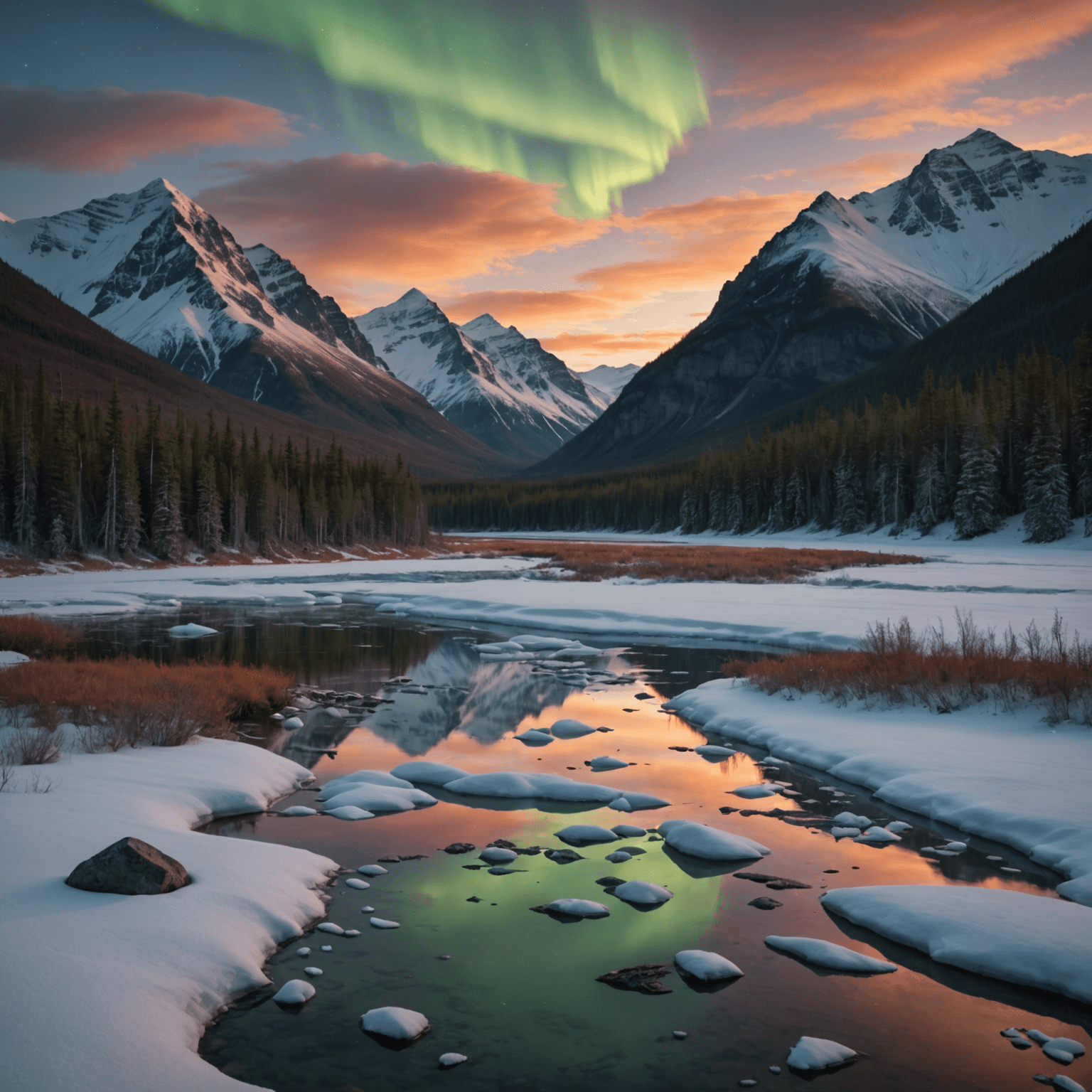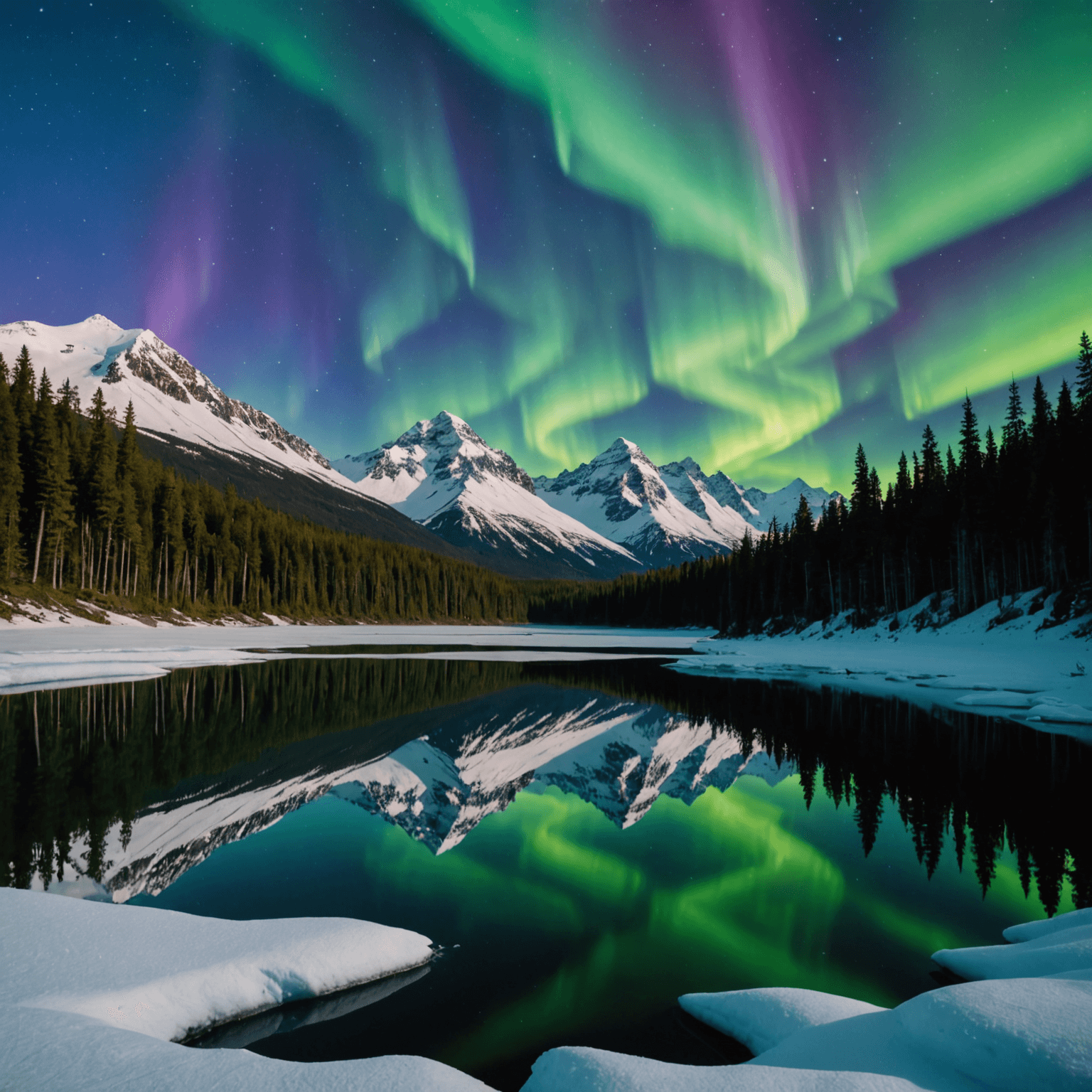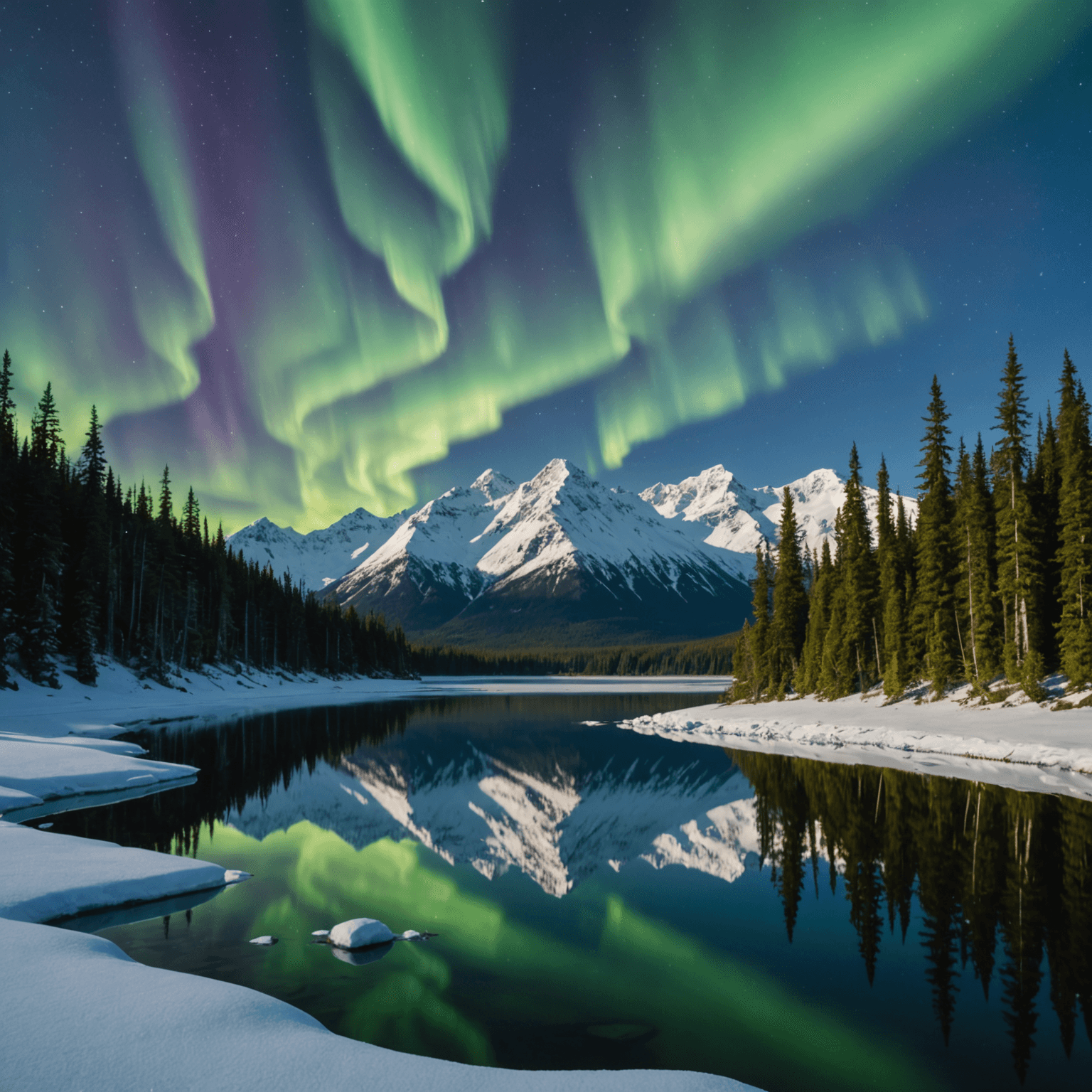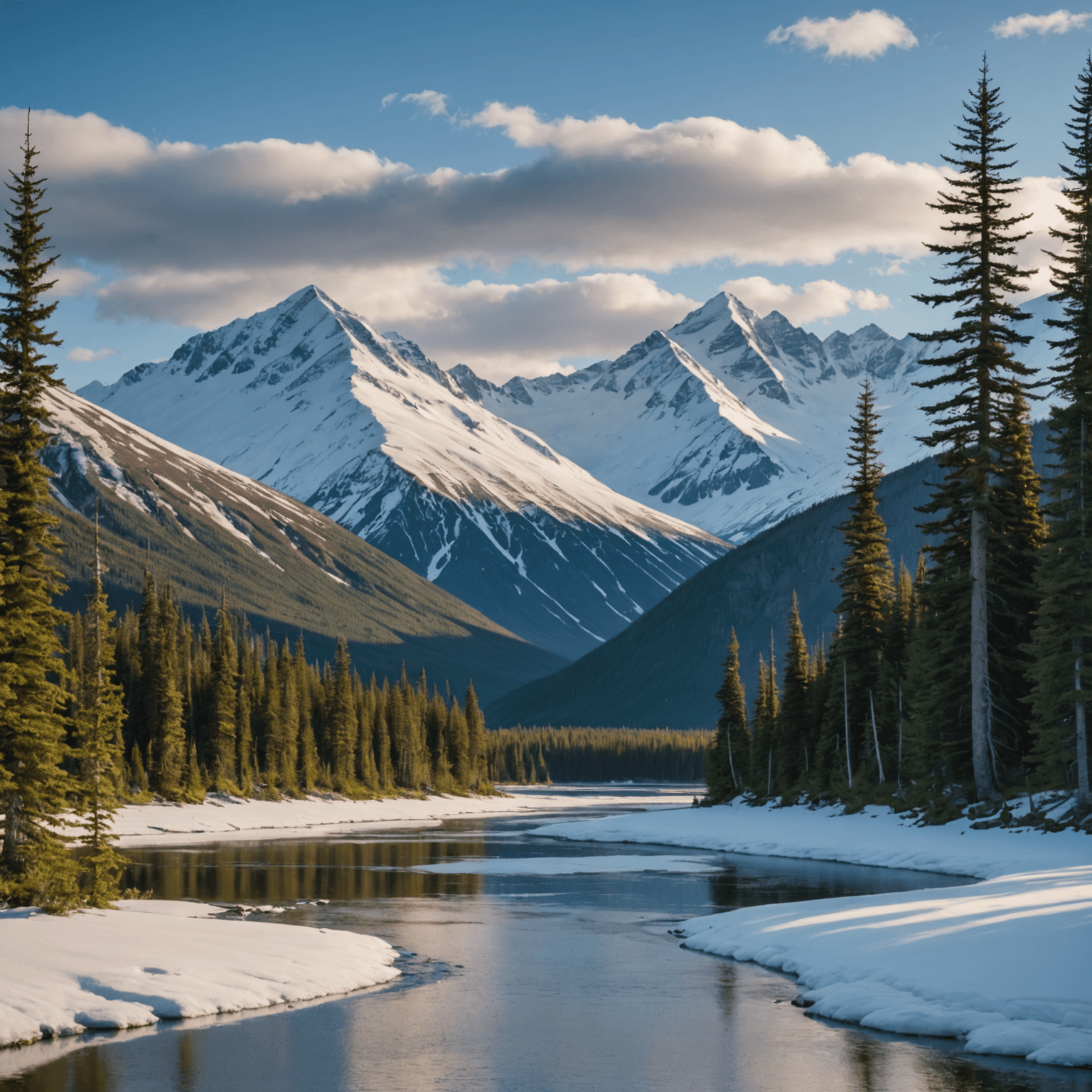Introduction
The Northern Lights, or Aurora Borealis, are one of nature’s most mesmerizing spectacles. Often associated with long, dark winter nights in the Arctic, many people wonder, “Can you see Northern Lights in summer?” The short answer is yes, but with some caveats. While the phenomenon is less common in summer due to extended daylight in the northern latitudes, certain factors can increase your chances of witnessing this breathtaking display even during the warmer months. In this blog post, we’ll explore when and where to see the Northern Lights in summer, and how you can enhance your viewing odds.
Understanding the Northern Lights
The Northern Lights are caused by the interaction between solar winds and Earth’s magnetic field. Charged particles from the sun collide with gases in Earth’s atmosphere, producing stunning displays of light. These auroras are typically visible in polar regions and are best viewed in the dark, clear skies of winter nights.
Why Summer is Challenging
During the summer months, the Arctic regions experience the “Midnight Sun,” where the sun doesn’t fully set. This constant daylight makes it challenging to view the Northern Lights. However, as the summer progresses into late August and early September, the nights begin to lengthen, offering more opportunities for aurora viewing.
Best Places to See Northern Lights in Summer
While summer poses challenges for aurora hunters, there are specific locations and conditions that can increase your chances of seeing the Northern Lights.
Alaska
Alaska is a prime location for aurora viewing, even in late summer. Areas like Fairbanks and Anchorage are popular spots. According to Travel Alaska, Fairbanks is particularly renowned for its aurora-viewing opportunities due to its location under the “auroral oval”—a band around the Arctic where auroras are most frequently observed.
Canada
Northern regions of Canada, such as the Yukon and Northwest Territories, also offer opportunities to see the Northern Lights in late summer. The vast, open landscapes provide unobstructed views of the night sky.
Iceland and Scandinavia
While Iceland and Scandinavian countries like Norway and Sweden are popular winter destinations for aurora viewing, late summer can also yield sightings as the nights begin to darken.

Tips for Viewing Northern Lights in Summer
Choose the Right Time
The best time to try and view the Northern Lights in summer is typically from late August to early September, when the nights start getting longer. It’s essential to monitor aurora forecasts to identify potential aurora activity.
Check the Weather
Clear skies are crucial for aurora viewing. Utilize resources like the National Weather Service to check the weather forecast for your chosen location. Avoid nights with heavy cloud cover or rain.
Find Dark Locations
Light pollution can hinder your ability to see the auroras. Seek out remote locations away from city lights. National parks and reserves can offer ideal settings free from artificial light interference. Visit Discover Denali for information on potential dark sky locations.
Consider Guided Tours
Guided tours can enhance your aurora experience. Companies like Snowhook Adventures offer tailored tours that increase your chances of a successful sighting. Experienced guides know the best spots and times for viewing, providing valuable insights into aurora activity.

Enhancing Your Experience
To make the most of your Northern Lights adventure, consider combining your trip with other outdoor activities. In Alaska, you can explore dog sled rides or take snowmobile tours through the stunning landscape. Helicopter and dog sledding combos are also popular, offering a unique perspective on the region’s natural beauty.
For those interested in a more comprehensive experience, Alaska winter tours often include aurora viewing as part of their itinerary, allowing you to enjoy other winter activities while waiting for the lights to appear.
Conclusion
While seeing the Northern Lights in summer is more challenging than in winter, it’s not impossible. By choosing the right locations, monitoring the weather and aurora forecasts, and considering guided tours, you can improve your chances of witnessing this natural wonder. Whether you choose to explore Alaska, Canada, or Scandinavia, the experience of seeing the Aurora Borealis is sure to be unforgettable.
FAQ
1. Can you see the Northern Lights in Alaska in summer?
Yes, you can see the Northern Lights in Alaska during late summer, particularly from late August to early September when the nights start to lengthen.
2. What is the best month to see the Northern Lights in summer?
The best month to see the Northern Lights in summer is typically September, when nights become longer and darker, increasing your chances of a successful viewing.
3. Are guided tours worth it for seeing the Northern Lights?
Yes, guided tours can significantly enhance your aurora-viewing experience. They provide expert knowledge, access to prime viewing locations, and often include additional activities.
4. Can weather affect the visibility of the Northern Lights?
Absolutely. Cloud cover and precipitation can obstruct your view of the auroras. Clear, dark skies are essential for optimal viewing conditions.
5. Is it possible to see the Northern Lights in Iceland in summer?
While challenging, it is possible to see the Northern Lights in Iceland in late summer as the nights begin to darken, especially from late August onward.
6. Do you need special equipment to see the Northern Lights?
No special equipment is necessary to see the Northern Lights with the naked eye. However, a good camera with long exposure settings can help capture the auroras in greater detail.
7. What should I wear when viewing the Northern Lights in summer?
Dress warmly, as temperatures can drop at night. Layering is recommended, and don’t forget a hat and gloves to stay comfortable during your aurora adventure.




